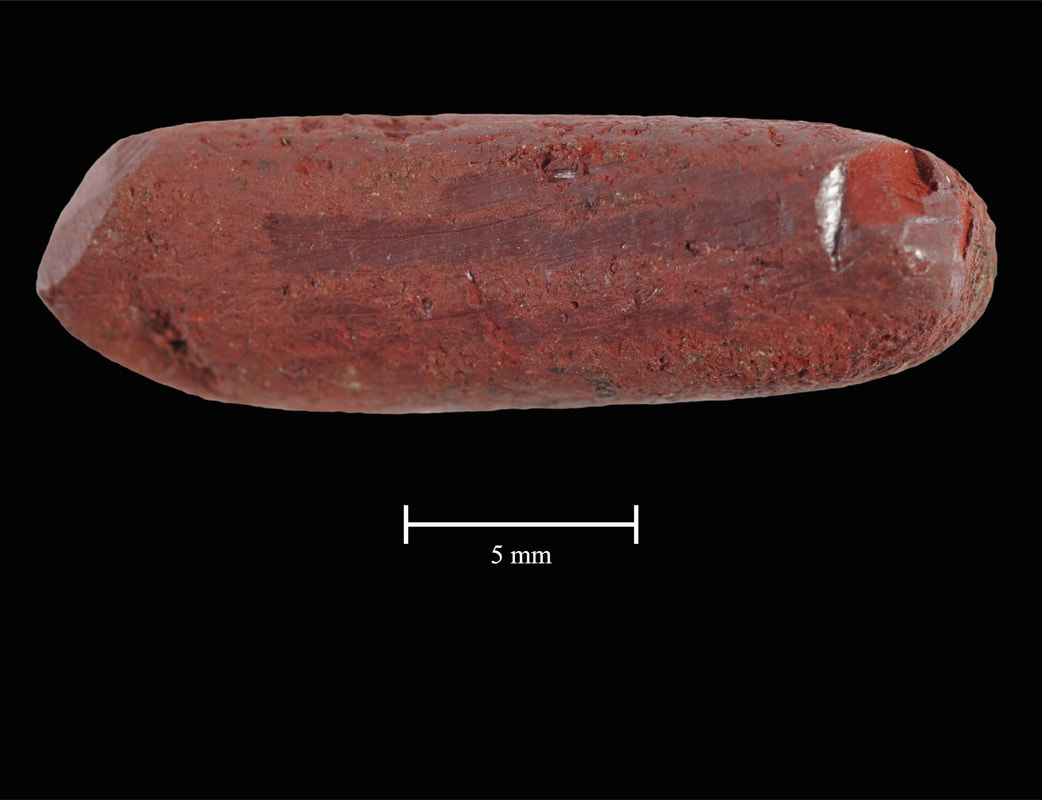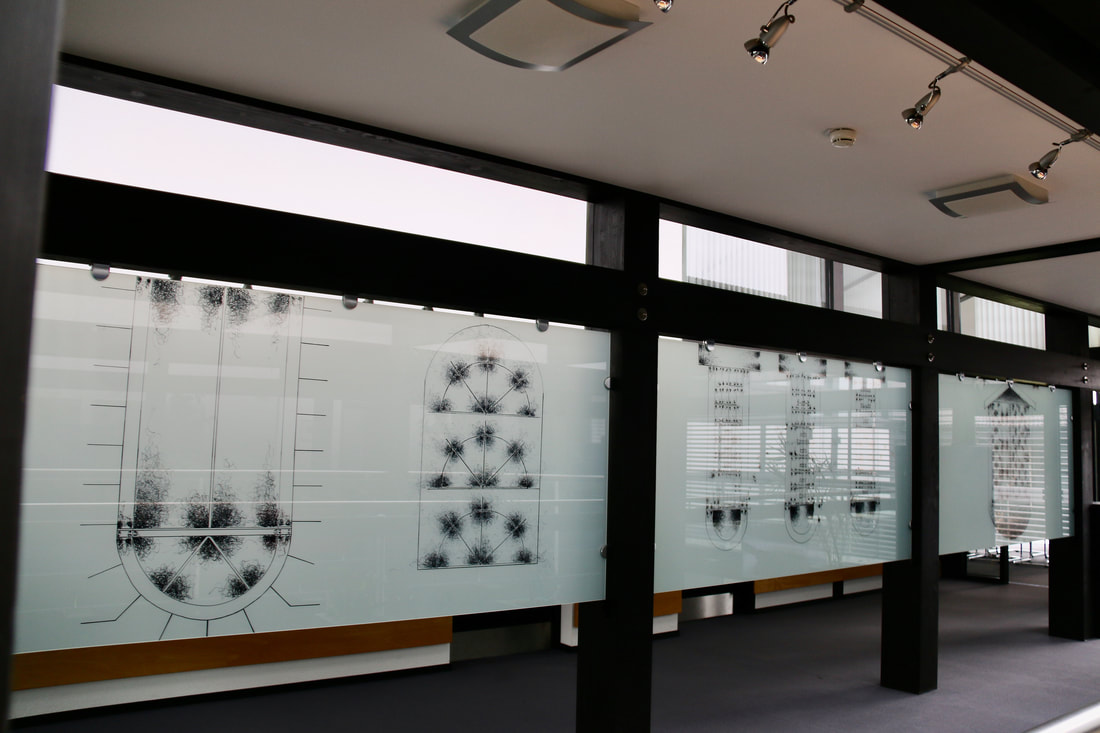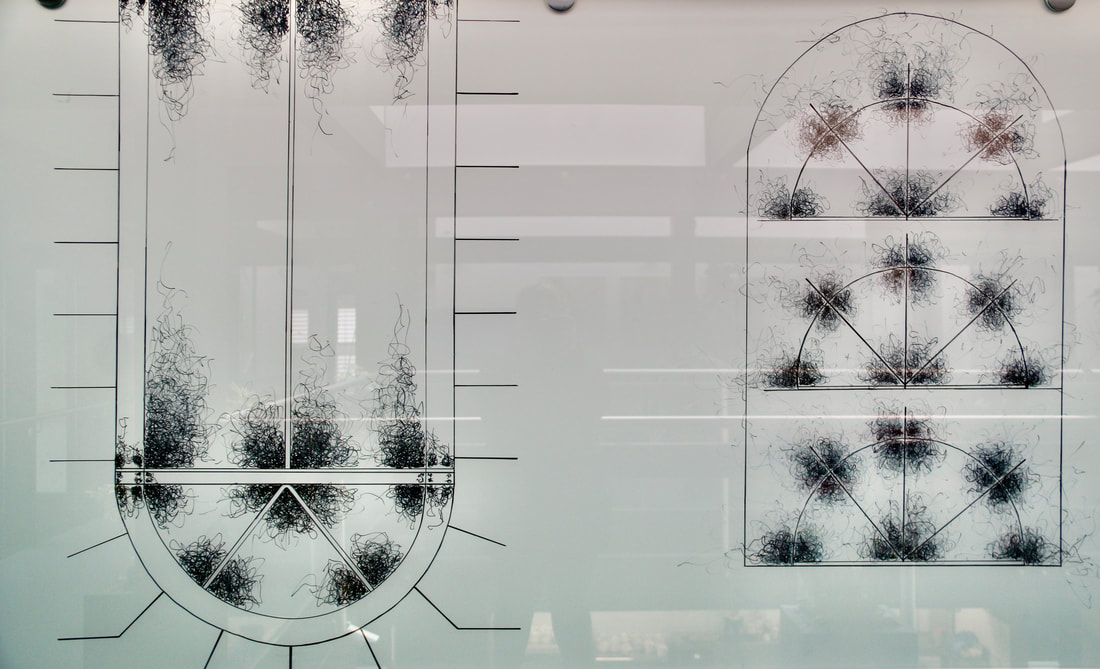Archaeologists working on a site near an ancient lake in Scarborough, North Yorkshire, UK say they may have discovered one of the earliest examples of a crayon. The reddish-brown piece of ochre is thought to have been used 10,000 years ago to color animal skins or produce artwork during the Mesolithic period. The oblong discovery is just 22 mm long and 7 mm wide, yet shows a heavily striated surface where it was most likely scraped to create red pigment. One side of the tool is sharpened, another hint that the piece was used to draw or color. Dr. Andy Needham from the University of York’s Department of Archaeology explained the discovery helps archaeologists understand how significant color might have been to the hunter-gatherers of the Mesolithic period.
|
AuthorNotes, Articles, Reviews Archives
April 2023
Categories |




 RSS Feed
RSS Feed